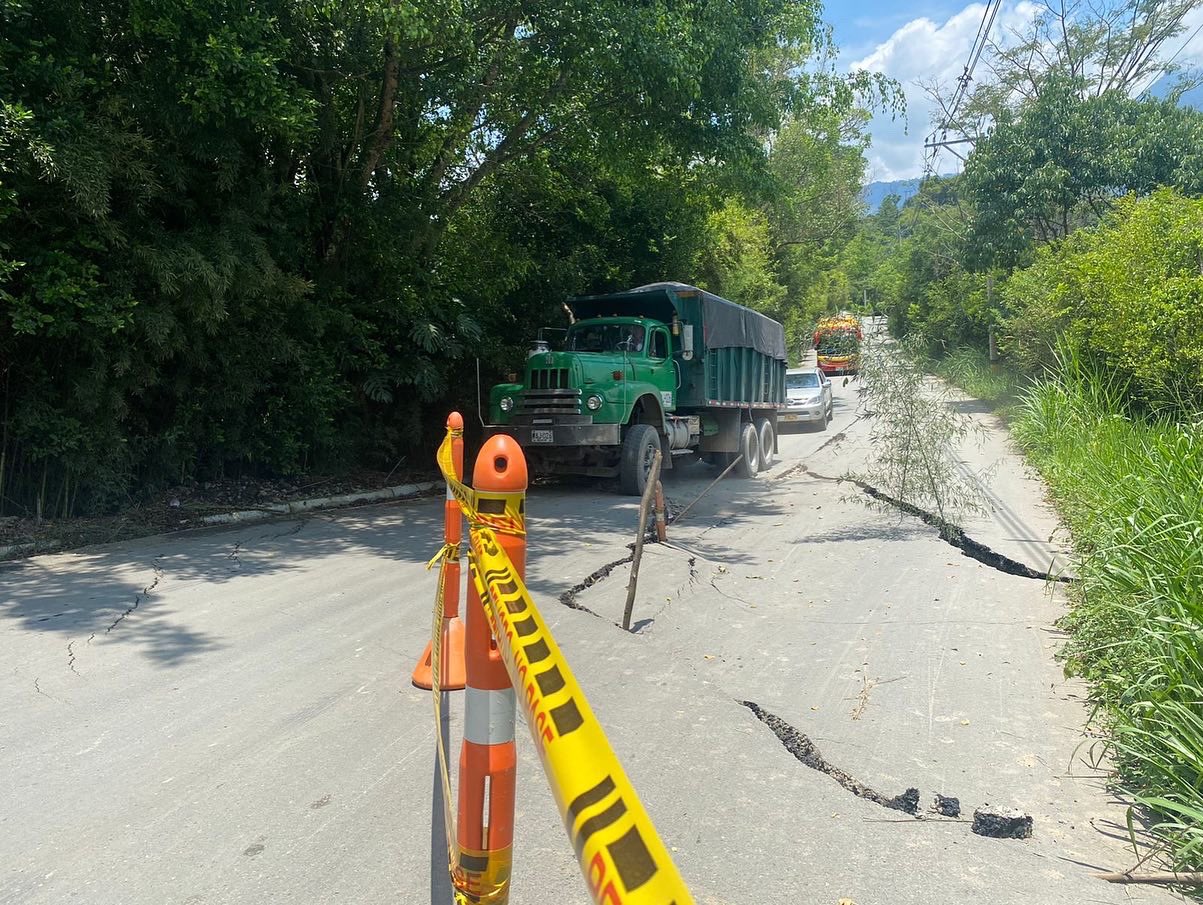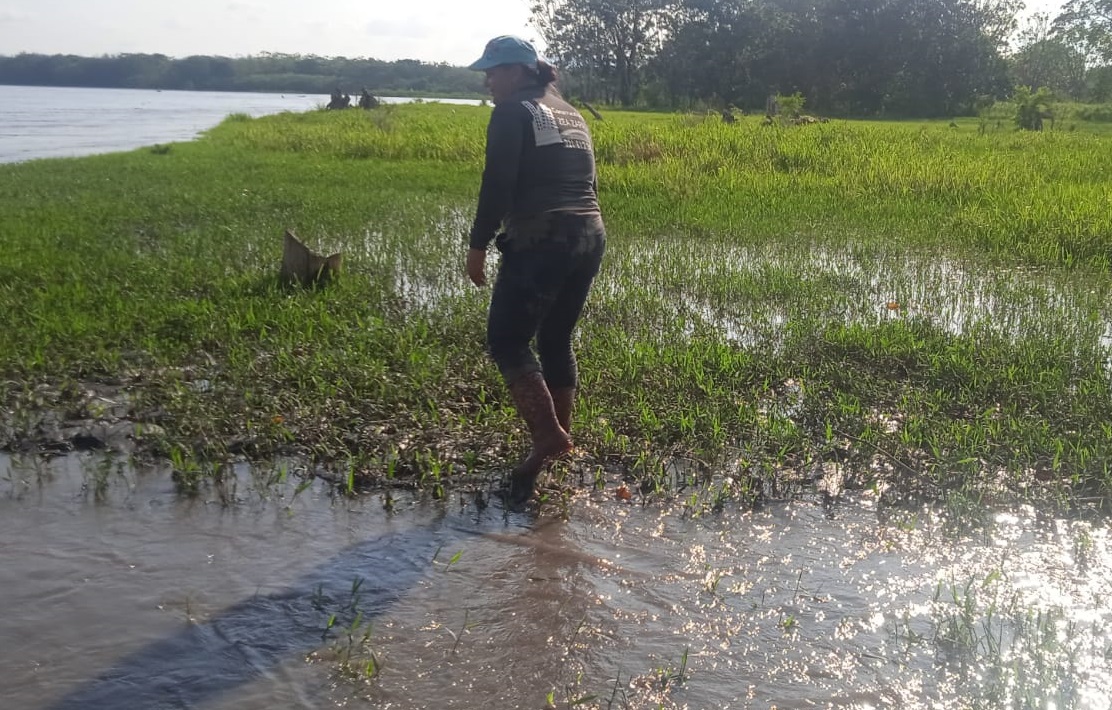
After a meeting with the Administrative Department for Disaster Risk Management (Dagran) and the Secretariat of Physical Infrastructure of Antioquia, the departmental Government through the Road Management decided to restrict the passage of heavy-duty vehicles in the Camilo C-Fredonia-Amagá corridor, due to the cracks that have appeared on the road and which have been aggravated by heavy rains.
According to the Dagran, the road has 800 meters of crack involvement, in addition to “bank displacement due to instability on the ground.” In fact, in dialogue with RCN Radio, the mayor of the municipality of Venice, Óscar Sánchez, confirmed that road breaks have increased due to the winter season.

For his part, the Secretary of Planning of Amagá, Emilio Ramírez, told Blu Radio that cracks up to more than 10 centimeters apart have appeared on the road sector, known as La Bonita, in recent days, which keeps drivers on alert to the risk of falling into those areas that have sunk.
“This is another problem that occurs again with this secondary route, in charge of the departmental administration, where there is a deterioration or settlement similar to that which occurred this week,” Ramírez told the Bogotá media outlet.
At the moment, as reported by the Government of Antioquia, maintenance and inspection contractors and retropajarito machinery have been used in the area, in order to mitigate the damage and thus allow vehicular traffic.

For its part, the National Unit for Disaster Risk Management (UNGRD) reported in recent days that, during the months of April and May, there would be a considerable increase in rainfall in the country, especially in the Andean and Pacific regions.
According to the entity, based on the projections of the Institute of Hydrology, Meteorology and Environmental Studies (Ideam) over those two months, rainfall will increase by up to 30% above normal averages.
Faced with the panorama, Risk Management reported that it convened a Disaster Management Committee in order to establish the roadmap in terms of the entity's capacities and thus ensure immediate response to any emergency that may arise in the country.
To date, according to Ungrd, Colombia's first rainy season has left 2,365 families affected, equivalent to 5,500 people, while another 10 inhabitants have died and 14 more have been injured.
KEEP READING
Últimas Noticias
Debanhi Escobar: they secured the motel where she was found lifeless in a cistern
Members of the Specialized Prosecutor's Office in Nuevo León secured the Nueva Castilla Motel as part of the investigations into the case

The oldest person in the world died at the age of 119
Kane Tanaka lived in Japan. She was born six months earlier than George Orwell, the same year that the Wright brothers first flew, and Marie Curie became the first woman to win a Nobel Prize

Macabre find in CDMX: they left a body bagged and tied in a taxi
The body was left in the back seats of the car. It was covered with black bags and tied with industrial tape
The eagles of America will face Manchester City in a duel of legends. Here are the details
The top Mexican football champion will play a match with Pep Guardiola's squad in the Lone Star Cup

Why is it good to bring dogs out to know the world when they are puppies
A so-called protection against the spread of diseases threatens the integral development of dogs



